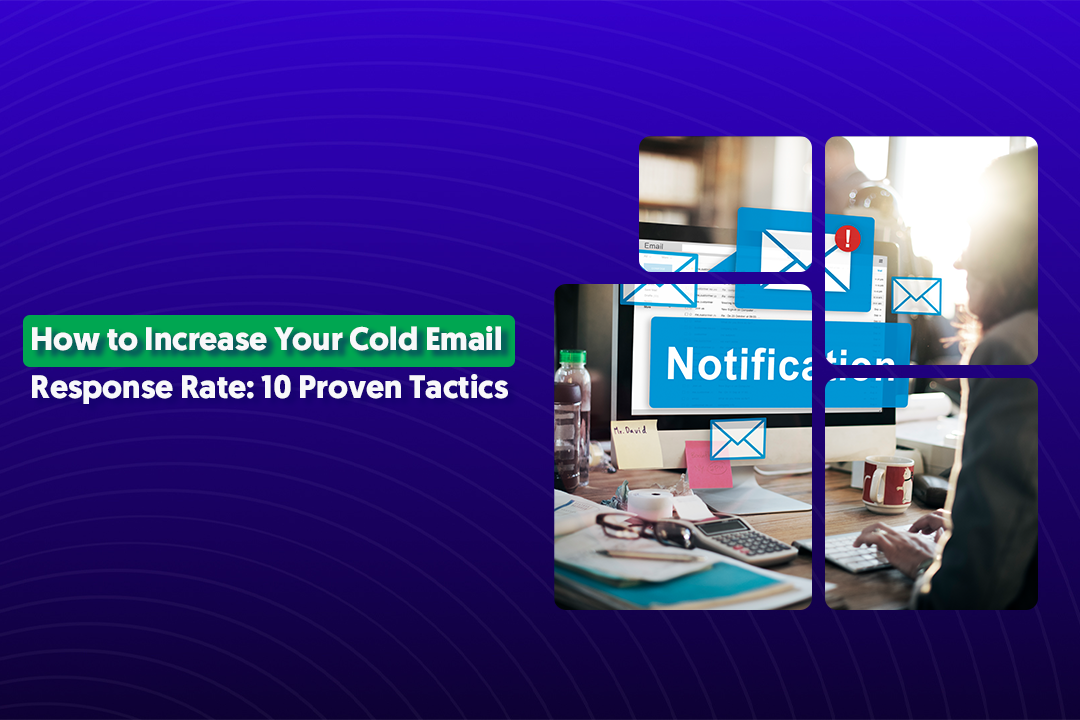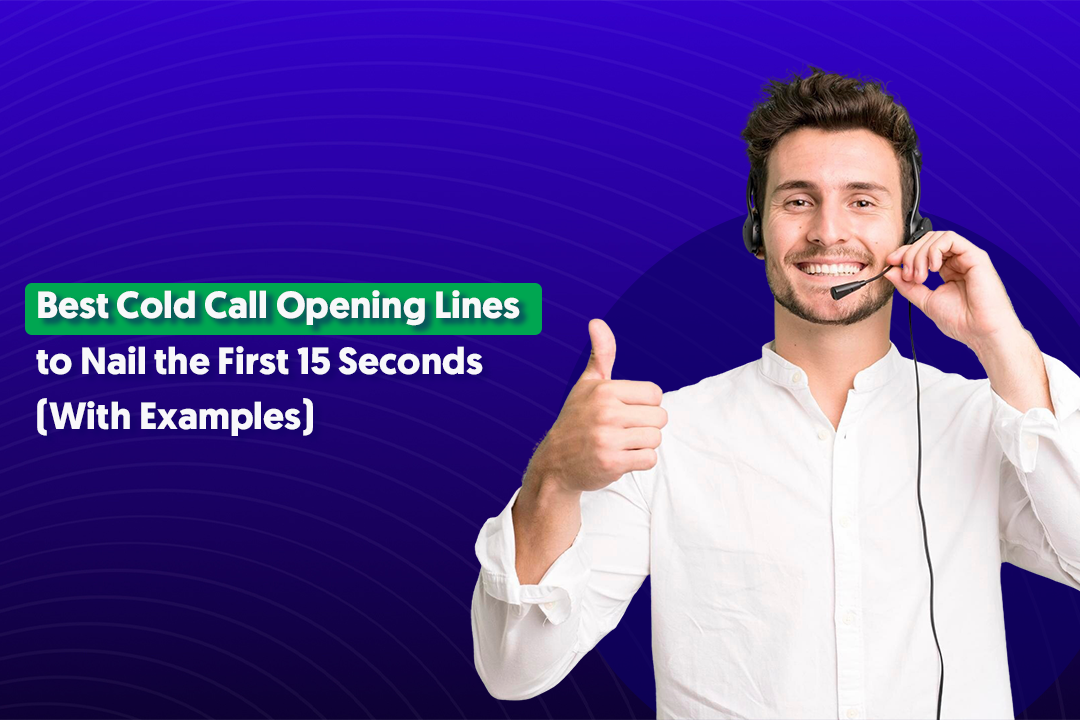Table of Content
Key Takeaways
- Lead qualification ensures your sales team focuses only on prospects who are most likely to convert.
- It’s different from lead generation — generating leads captures interest, while qualification evaluates fit and readiness.
- A structured lead qualification process involves screening, gathering info, scoring, assessing intent, and hand-off to sales.
- Frameworks like BANT, CHAMP, and MEDDIC provide consistent methods for evaluating prospects.
- A clear lead qualification checklist prevents wasted effort and maintains pipeline efficiency.
- Outbound leads require deeper research and personalization compared to inbound leads.
When you’re putting time and effort into finding new clients, not every lead is worth chasing. Some people might be curious, some might not have the budget, and some simply aren’t the right fit.
That’s what we’re going to talk about today - Lead qualification!
If you’ve ever wondered what lead qualification is and why it matters, it’s the process that helps you focus only on prospects who are most likely to become paying customers.
Without it, your sales team ends up wasting time on calls and emails that never go anywhere.
Businesses that skip the lead qualification process often struggle with long sales cycles, poor conversion rates, and frustrated sales reps. But the ones that use a clear lead qualification checklist? They save time, close deals faster, and build stronger client relationships.
In this guide, we’ll walk you step by step through sales lead qualification — from spotting early signs of a good prospect to setting up a system that keeps your pipeline full of real opportunities.

What Is Lead Qualification?
So, what is lead qualification exactly? In simple terms, it’s the process of evaluating whether a prospect is a good fit for your product or service before your sales team spends valuable time on them.
In a B2B context, this means checking if the lead has the right budget, decision-making power, need, and timing to actually move forward.
It’s important to understand the difference between lead generation and lead qualification:
- Lead generation is all about capturing interest — through channels like LinkedIn outreach, cold emails, or ads.
- Lead qualification happens after that, where you separate the high-quality prospects from the ones who are unlikely to convert.
Why does this matter? Because not every lead deserves equal attention. A clear lead qualification process helps you:
- Prioritize sales efforts toward leads with the highest chance of closing.
- Shorten your sales cycle by avoiding unqualified prospects.
- Increase conversion rates by focusing on real opportunities.
The Lead Qualification Process Step-by-Step
A solid lead qualification process ensures you’re not just filling your pipeline with names, but with people who are truly worth your sales team’s time.
Let’s break it down step by step.
Step 1 – Lead Capture & Initial Screening
Every lead qualification process starts with capturing leads. This can happen through LinkedIn campaigns, cold emails, website forms, referrals, or even cold calls.
But not every captured lead is worth pursuing right away.
- Initial screening is about filtering out the obvious mismatches. For example, if you sell B2B SaaS software and a student signs up for a demo, that’s not your target.
At this stage, you’re simply asking: Does this lead fit our basic requirements to even be considered?
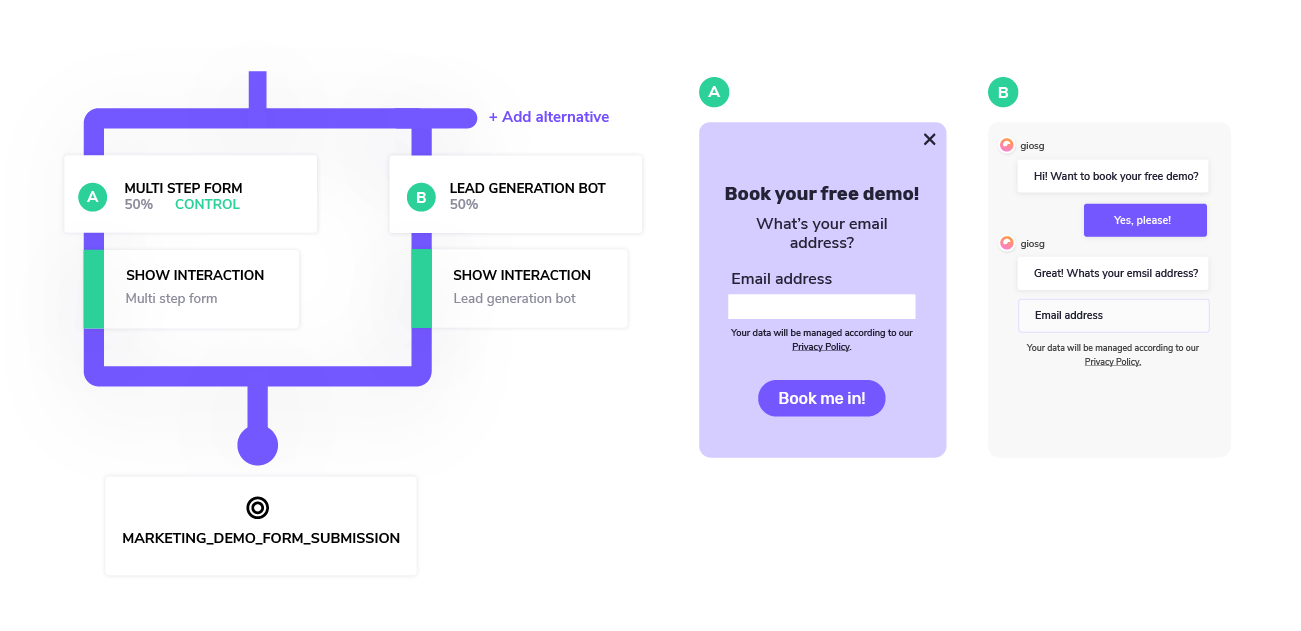
Step 2 – Gathering Key Information
Once a lead passes the first filter, it’s time to collect details that will tell you whether they’re a potential fit.
Here’s what to look at:
- Demographics: Job title, role, seniority. (Is this person the decision-maker or an influencer?)
- Firmographics: Company size, industry, revenue. (Do they match your Ideal Customer Profile?)
- Behavioral Data: Website visits, LinkedIn engagement, response to cold emails. (Are they showing interest in your offering?)
Example: If you run a marketing automation tool, a VP of Marketing from a 500-person SaaS company who downloaded your whitepaper is a much stronger lead than a junior marketer from a 5-person startup.
Step 3 – Scoring Leads Against ICP Criteria
Now that you’ve got information, you can apply a lead scoring system. This means assigning points based on how closely a lead matches your Ideal Customer Profile (ICP).
For example:
- +10 points if the lead is in your target industry.
- +15 points if they’re a decision-maker (Director/VP/C-Suite).
- +20 points if the company’s revenue is within your target range.
- -10 points if the company is too small or outside your service region.
This scoring system ensures consistency. Instead of relying on gut instinct, your team can clearly see which leads should move forward and which should go back into nurture.
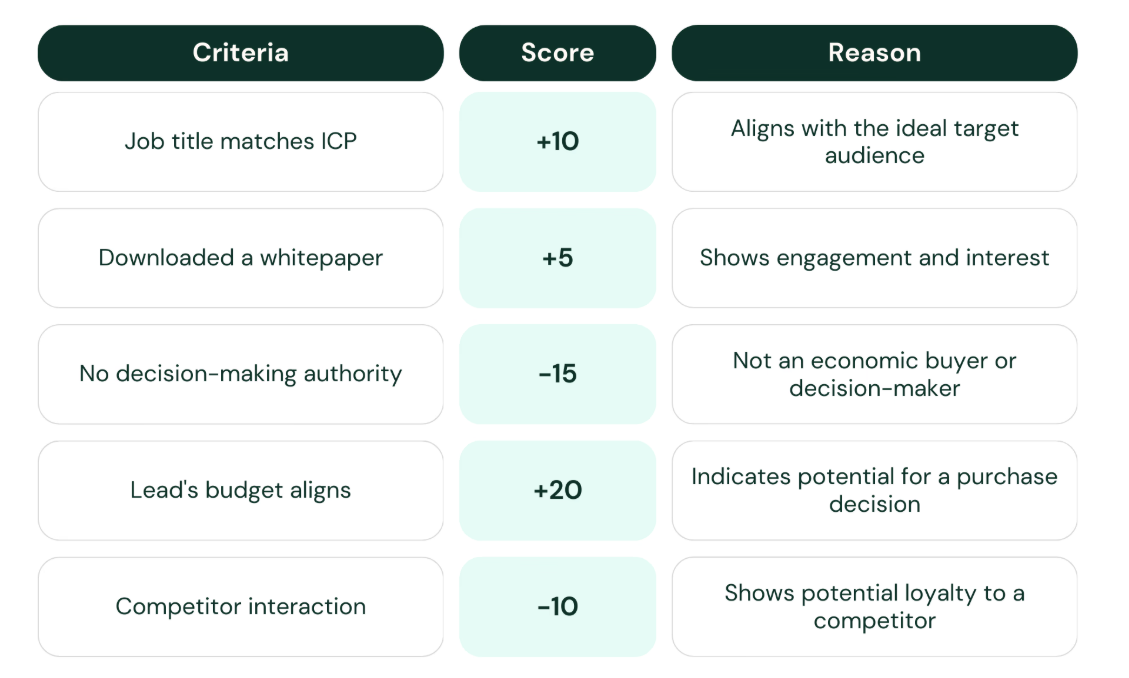
Step 4 – Assessing Buyer Intent & Readiness
Even if a lead matches your ICP, they may not be ready to buy right now. This step is about understanding buyer intent.
Some signals of readiness include:
- Engaging with multiple pieces of content (blogs, case studies, webinars).
- Asking specific questions about pricing or implementation.
- Responding quickly to outreach and showing urgency.
Example: Two CFOs from your target industry might both look like strong fits. But if one CFO simply connected with you on LinkedIn and the other booked a demo after reading a case study, the second one clearly shows stronger buying intent.
Step 5 – Hand-Off to Sales for Nurturing or Closing
Once a lead is qualified, it’s time for the hand-off to sales. But this step isn’t one-size-fits-all.
- Sales-ready leads (high intent, good fit) go directly into the closing process.
- Not-ready-yet leads (good fit, low intent) get passed to a nurturing sequence — usually through drip campaigns, LinkedIn follow-ups, or periodic calls.
The key here is alignment between marketing and sales. If your lead qualification process is consistent, your sales team will always know whether they’re speaking to a warm, engaged prospect or someone who needs more nurturing.
Lead Qualification Frameworks You Can Use
There’s no one-size-fits-all way to qualify leads. Different businesses use different frameworks to make sales lead qualification structured and consistent.
Let’s look at the most common ones and when to use each.
BANT (Budget, Authority, Need, Timeline)

BANT is one of the oldest and most widely used sales lead qualification methods. It works by checking four simple factors:
- Budget – Does the prospect have the financial resources for your solution?
- Authority – Are you speaking with the person who can make the decision?
- Need – Does the prospect actually have a pain point your product solves?
- Timeline – Is there urgency, or will this deal sit for months?
Example: You sell HR software. A Head of HR tells you their company is expanding, they have budget approval, and they need to onboard within 90 days. That’s a textbook BANT-qualified lead.
CHAMP (Challenges, Authority, Money, Prioritization)

CHAMP flips BANT around by focusing first on the prospect’s challenges. This framework is more customer-centric and works well when you need to build trust before talking money.
- Challenges – What pain points or obstacles are they trying to solve?
- Authority – Who is involved in the buying decision?
- Money – Is there a budget, and if not, can it be justified by solving the challenge?
- Prioritization – Where does this initiative fall compared to their other business goals?
Example: If you sell cybersecurity services and a company just experienced a data breach, solving that challenge becomes their top priority — even if budget conversations come later.
MEDDIC and Other Advanced Models
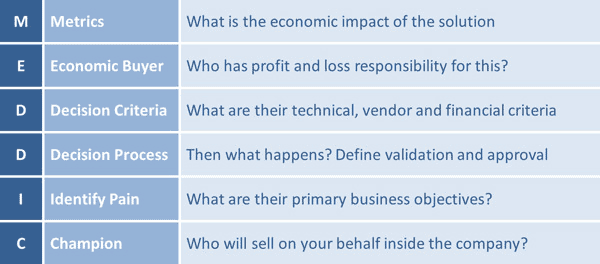
For enterprise deals or long sales lead qualification cycles, advanced frameworks like MEDDIC are more effective. MEDDIC stands for:
- Metrics – What measurable outcomes are they seeking?
- Economic Buyer – Who controls the budget?
- Decision Criteria – What factors will drive the buying decision?
- Decision Process – How will the decision be made internally?
- Identify Pain – What specific problems are they facing?
- Champion – Do you have an internal advocate pushing for your solution?
Other variations like MEDDPICC add “Paper Process” and “Competition” to account for red tape and market rivalry.
Example: If you’re selling multi-year SaaS contracts to Fortune 500 companies, MEDDIC helps ensure you don’t miss a single step in the complex buying process.
When to Choose Each Framework Based on Deal Size & Sales Cycle
Not every framework fits every situation. Here’s a quick guide:
- BANT – Best for smaller, transactional deals with shorter sales cycles.
- CHAMP – Great for consultative sales where uncovering pain points matters more than budget.
- MEDDIC – Designed for large, complex enterprise sales with multiple decision-makers.
If you’re running an outbound campaign through a lead generation agency like ours, you might even use a blend — starting with CHAMP questions to spark conversation, then layering in BANT or MEDDIC criteria once the relationship deepens.
Lead Qualification Checklist for Sales Teams
A well-defined lead qualification checklist helps your SDRs and BDRs consistently separate high-potential leads from dead ends.
Using a checklist ensures your team spends time only on prospects who are likely to convert, saving effort and boosting sales efficiency.
Here’s a practical 7-point lead qualification checklist you can implement immediately:
- Verified Contact Information – Ensure the lead’s email, phone number, and LinkedIn profile are accurate to prevent wasted outreach.
- Fit with ICP (Ideal Customer Profile) – Check if the lead’s company size, industry, and role match your target profile.
- Budget Availability – Confirm the lead has the financial capacity or allocation to invest in your solution.
- Decision-Maker Status – Identify whether the contact can make or influence buying decisions.
- Pain Points & Needs – Understand the lead’s core challenges and whether your solution addresses them.
- Timeline & Urgency – Determine how soon the lead is looking to implement a solution.
- Engagement Level – Track responsiveness to emails, LinkedIn messages, or calls as an indicator of interest.
There’s one optional 8th point for extra clarity: Previous Interactions – Check whether the lead has engaged with marketing content, webinars, or prior campaigns to understand their journey stage.

At Cleverly, we integrate these checks into our outbound lead qualification process, so our clients receive leads that are ready for sales conversations, not just names on a spreadsheet.
Outbound vs Inbound Lead Qualification

Understanding the difference between outbound lead qualification and inbound qualification is key to running an efficient sales process.
While both aim to identify high-potential leads, the approach and effort required vary significantly.
How Outbound Leads Differ from Inbound Leads
- Inbound Leads come to you. They’ve shown interest by downloading content, signing up for newsletters, or requesting a demo. The initial fit is often easier to assess because the lead has already engaged with your brand.
- Outbound Leads, on the other hand, are proactively identified by your team or a lead generation agency. They haven’t necessarily expressed interest yet, so you need to qualify them from scratch.
Example: A lead who filled out a “Contact Us” form is inbound, while a prospect you discovered on LinkedIn and reached out to via cold outreach is outbound.
Why Outbound Requires Deeper Research & Personalization
Because outbound leads haven’t opted in, outbound lead qualification demands more research:
- Company Research – Look into industry, revenue, and current pain points.
- Contact Insights – Identify decision-makers, their role in purchasing, and any recent activity that signals readiness.
- Tailored Outreach – Personalization is critical; generic messages rarely work. Mention relevant challenges, mutual connections, or recent company updates to capture attention.
Example: Instead of sending a generic cold email, referencing a recent product launch at the prospect’s company or a LinkedIn post they shared can dramatically improve engagement.
Common Mistakes to Avoid in Outbound Qualification
Even experienced teams slip up sometimes. Here are common pitfalls in outbound lead qualification:
- Skipping Research – Reaching out without understanding the lead’s company or role.
- Assuming Interest – Just because someone fits your ICP doesn’t mean they’re ready to engage.
- Neglecting Follow-Up – Outbound leads often need multiple touchpoints; giving up too soon wastes effort.
- Poor Segmentation – Treating all outbound leads the same, instead of scoring based on fit and intent.
By avoiding these mistakes and applying a structured outbound lead qualification approach, you can ensure your team focuses only on prospects with genuine potential, saving time and improving conversion rates.
Common Challenges in Lead Qualification
Even with a solid lead qualification process, teams often face roadblocks that prevent them from consistently identifying high-quality prospects.
Understanding these lead qualification challenges is the first step to overcoming them.
1. Incomplete or Inaccurate Data
One of the biggest hurdles in lead qualification is working with missing or outdated information. Incorrect email addresses, phone numbers, or LinkedIn profiles can lead to wasted outreach efforts and low engagement rates.
Example: Imagine your SDR spends hours reaching out to leads, only to find half of the contacts no longer work at the company or have invalid emails. That’s lost time and opportunity.
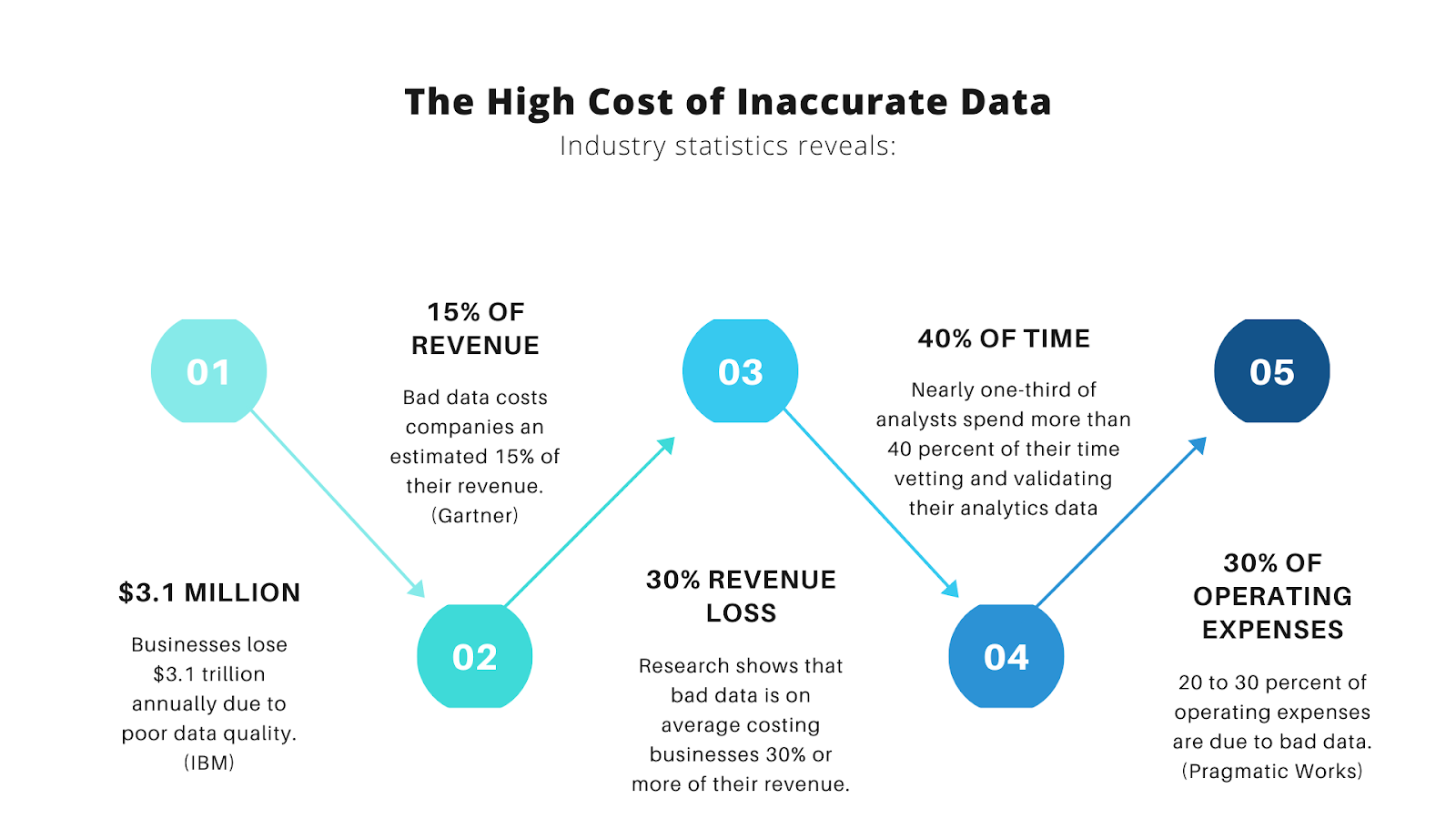
2. Misaligned Sales & Marketing Definitions of a “Qualified Lead”
Marketing and sales often have different ideas of what makes a lead qualified. Marketing might focus on engagement metrics like downloads or website visits, while sales prioritizes decision-making authority and budget.
Without alignment, leads that marketing considers “hot” may not be ready for sales outreach, causing friction and missed opportunities.
3. Lack of Clear Scoring Criteria
Without a structured scoring system, lead qualification becomes subjective. Some SDRs may move a lead forward based on gut feeling, while others may reject it for minor reasons. This inconsistency leads to inefficiency and uneven results.
Tip: Implement a clear lead scoring framework based on ICP fit, engagement, budget, and intent to keep qualification objective.
4. Poor Communication Between Marketing and Sales Teams
Even with accurate data and scoring criteria, poor communication can derail the process. Marketing needs to clearly pass qualified leads to sales with context on engagement history and pain points. Conversely, feedback from sales should refine marketing campaigns.
Example: If sales doesn’t report why certain leads aren’t converting, marketing can’t adjust targeting, and the same mistakes repeat.
At Cleverly, we help clients overcome these issues by combining thorough research, clear scoring, and consistent hand-offs between marketing and sales teams.

Scale Your Lead Qualification with Cleverly’s B2B Lead Generation
Effective lead qualification starts with high-quality leads — and that’s exactly where a trusted B2B lead generation agency (like us) comes in.
Generating leads is just the first step; ensuring they’re ready for sales conversations is what makes all the difference in your pipeline performance.
With Cleverly’s B2B lead generation services, you get more than just names and email addresses.
- Precisely Targeted Prospect Lists – Using your Ideal Customer Profile (ICP), we create lists of leads that match your industry, company size, role, and other key criteria.
- Multi-Channel Outreach – Our team engages prospects through LinkedIn, cold emails, and cold calling lead gen, increasing the chances of connecting with decision-makers.
- Higher Percentage of Sales-Ready Leads – By combining accurate targeting with consistent follow-ups, we ensure that more leads entering your pipeline are qualified and ready for your sales team to engage.

At Cleverly, we’ve helped 1000+ clients scale their outbound efforts with a steady flow of qualified leads that resulted in $312 Million in Pipeline Revenue, $51.2 Million in Closed Revenue.
Ready to fill your pipeline with high-quality, sales-ready leads? Let Cleverly be your partner in growth — schedule a FREE consultation today!

Conclusion
Mastering lead qualification is essential for any B2B business that wants to focus on prospects who are most likely to convert.
By following a structured lead qualification process, using proven frameworks like BANT or CHAMP, and leveraging a clear lead qualification checklist, you can prioritize your sales efforts, reduce wasted time, and improve conversion rates.
At the end of the day, effective lead qualification is about working smarter — focusing on the right prospects, nurturing them appropriately, and driving predictable growth for your business.
Frequently Asked Questions
1. What is lead qualification in sales and marketing?
Lead qualification is the process of evaluating prospects to determine if they are a good fit for your product or service. In sales and marketing, it helps prioritize outreach by focusing on leads with the right budget, authority, need, and timing, ensuring your team spends time on opportunities that are most likely to convert.
2. What’s the difference between lead scoring and lead qualification?
Lead scoring assigns points to leads based on criteria like job title, company size, and engagement level. Lead qualification uses this scoring (and additional evaluation) to decide whether a lead is ready for sales outreach or needs nurturing. Essentially, scoring is a tool, while qualification is the decision-making process.
3. Which is the best framework for lead qualification (BANT vs CHAMP)?
Both frameworks are effective but serve different purposes:
- BANT works well for transactional sales with shorter cycles, focusing on budget, authority, need, and timeline.
- CHAMP is better for consultative sales, prioritizing challenges and intent before discussing budget. Choosing the right one depends on your deal size, sales cycle, and customer approach.
4. How do I create a reliable lead qualification checklist?
Start by defining your Ideal Customer Profile (ICP) and the key criteria that determine fit: verified contact info, budget, decision-making authority, pain points, engagement, and urgency. Organize these into a step-by-step checklist and ensure all SDRs/BDRs follow it consistently to avoid missed opportunities or wasted effort.
5. Can a lead generation agency help improve my lead qualification results?
Yes. A lead generation agency like Cleverly provides targeted prospect lists, multi-channel outreach (LinkedIn, cold email, calls), and pre-qualified leads. This ensures your sales team receives a higher percentage of sales-ready leads, making the lead qualification process faster, more accurate, and more scalable.



